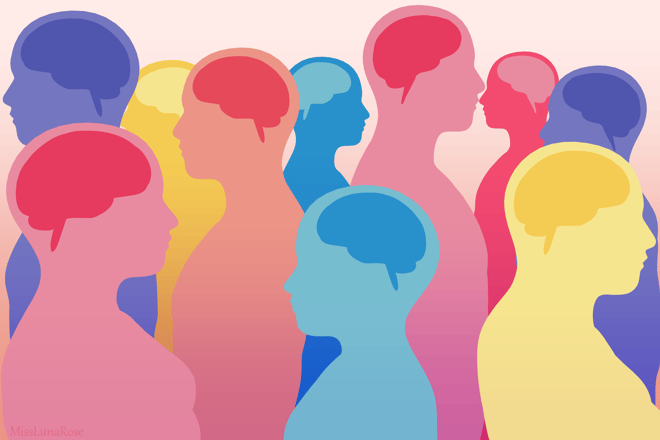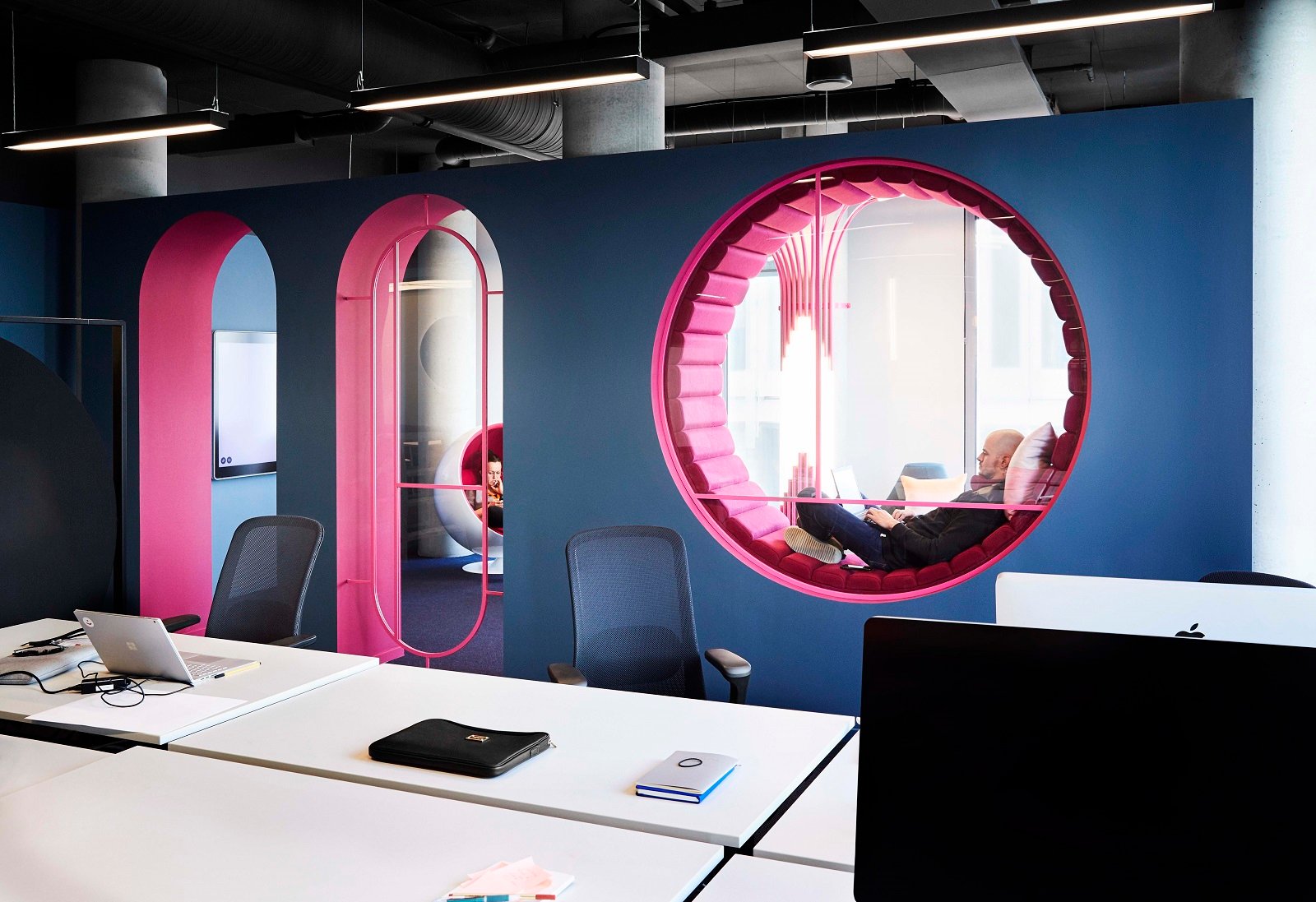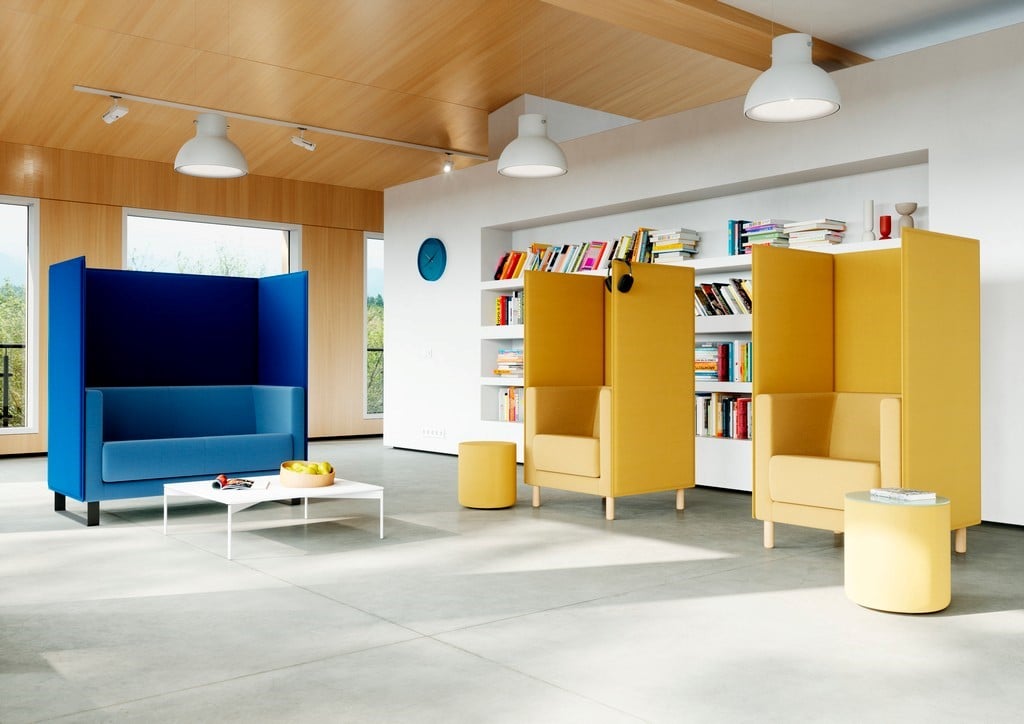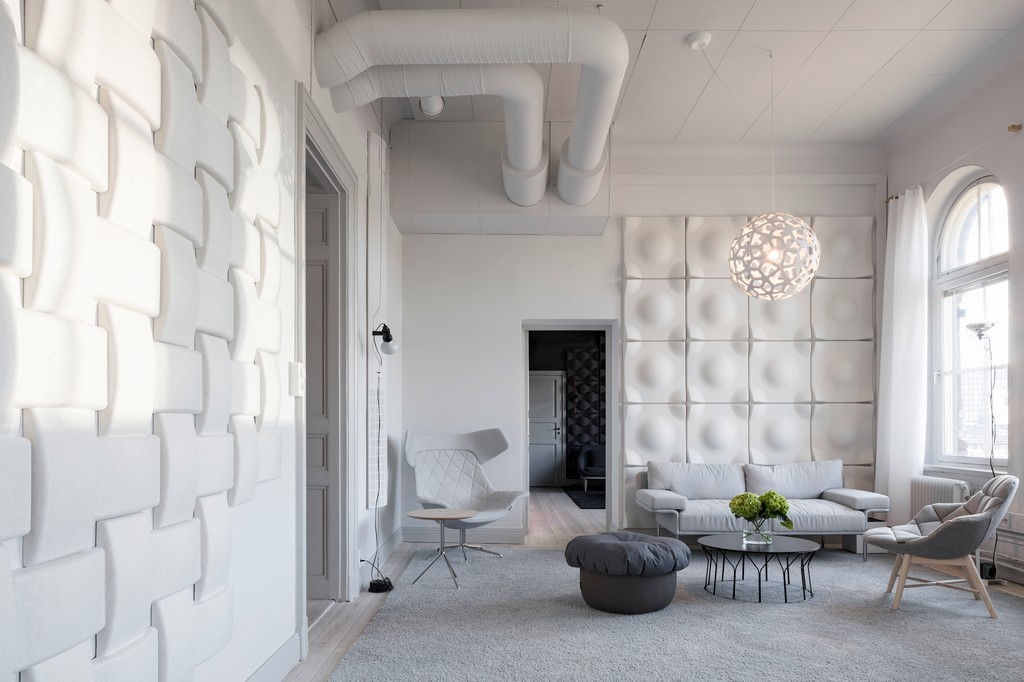Last month one of the world’s most influential people, Elon Musk, revealed he has Aspergers during his opening of Saturday Night Live. In a few seconds he blew open awareness of this neurodivergence that millions of people live with. He also highlighted how being neurodivergent need not be a limiting factor in a person’s career. In Musk’s case, it may even be a contributing factor to his success.
Neurodivergent people are wired differently to the neurotypical majority. And often their differences are an extraordinary strength in the workplace: Dyslexia and Autism are associated with excellent memory, mathematical and pattern recognition abilities. These skills would obviously benefit economists, data analysts and statisticians for example. Entrepreneurs are very often dyslexic – one of the most famous examples is Richard Branson, who said in an interview with the Independent newspaper “(after school) my dyslexia became my massive advantage: it helped me to think creatively and laterally and see solutions where others saw problems".
Somewhere around 10% of the UK population is said to be neurodivergent, a term that refers to people with invisible genetic differences such as Dyslexia, Dyspraxia, ADHD, Tourettes and various forms of Autism such as Aspergers. Being neurodivergent is not an illness, as is sometimes thought. It is simply a difference. However, it is a difference that can in some cases make people more sensitive to environmental factors which can be exacerbated by working environments that are by and large designed to support neurotypical people.
A 2018 study by the Chartered Institute of Personnel and Development (CIPD) discovered that only 1 in 10 HR professionals say that consideration of neurodivergent people is included in their organisations’ management strategies. One can assume then that this oversight follows through into the design of workplaces. But creating solutions to allow neurodivergent people to flourish at work can be simple and can unleash the full potential of neurodivergent & neurotypical people alike.
What are the design challenges?
Open plan and coworking offices can be invigorating and exciting for many, with spaces designed for spontaneous collaboration and trend-driven interiors creating a buzz. But for others, common practices in these spaces such as ‘hot-desking’ can be very stressful. Pile on music playing on the office Sonos and glaring lights from neon lights spelling out corporate slogans and you’ve got the perfect storm of distractions that curtail neurodivergent people from reaching their potential. But by specifying the right products, designers can help provide suitable spaces for everyone.
Here are some tips to consider when designing to be inclusive of neurodivergent people.




